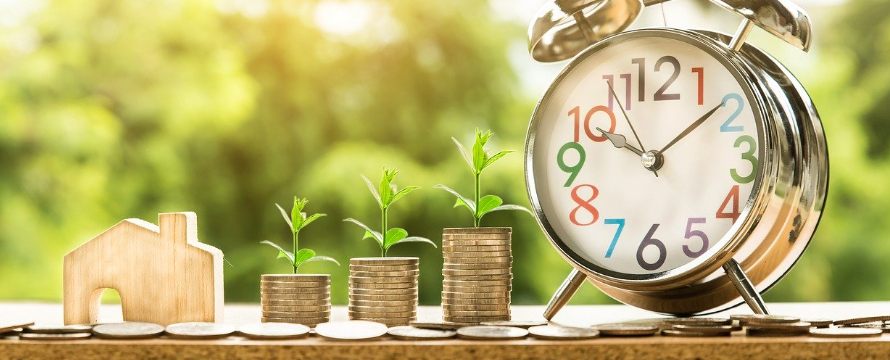To grow their business energy retailers need to be able to retain their existing customers.
Every energy retailer has a plan for expansion and business growth. Typically, most of these plans are based around acquisition i.e. how does the organisation bring onboard more customers. But achieving real growth is very dependent on how well energy retailers can keep their existing customers.
Australia’s energy retailers face significant threats and market pressures. Operating in a highly regulated market where the legislation is constantly changing, they are also under the constant glare of intense media scrutiny and pressure from consumer advocacy groups.
Energy retailers in Australia spend considerable resources on marketing and trying to win customers from each other. Yet we all know that it can be 8 times more expensive to acquire a new customer than retain an existing one.
To achieve significant and sustainable growth, energy retailers need to be able to retain their existing customers. Even a tiny change in customer retention can cascade through the business and multiply over time.
Energy Retailer A vs Energy Retailer B
Imagine two energy retailers of the same size with 1 million customers each making $500 million in revenue and around $50 million per year in profit.
Energy Retailer A has a customer retention rate of 85% versus Energy Retailer B with a customer retention rate of 75%. If they both acquire customers at a rate of 20% retailer A, in a year’s time, will experience a net gain of 5% while energy retailer B will experience a net decrease of 5%.
The picture after one year would be:
- Energy retailer A now has 1, 050,000 customers and is generating revenue of $525 million and profit of $52.5 million
- Energy retailer B now has 950,000 customers and is generating revenue of $475 million and profit of $47.5 million
If after 3- 5 years retailer B has not been able to improve its customer retention then its customer base, revenue and profit will be drastically reduced. Meanwhile energy retailer A would have grown by around 50%.
The disparity between the two in terms of revenue and profit will make it harder for retailer B to compete and fight back against A’s growing market position. Any money spent on marketing campaigns, promotions and discounts, may help B to claw back customers but it will be in a way that erodes profits or degrades the level of service provided.
Retaining customers with a high lifetime value
According to research from KPMG, in fiercely competitive markets, which both have a high number of players and high churn rates, energy contracts are often loss-making in the first year – due to low prices and welcome offers to get customers to change providers.
To avoid a race to the bottom, energy retailers need to re-evaluate their acquisition and retention strategies. Trying to reduce churn across all customer segments may not be viable or desirable. Greater success – at a more affordable cost – may come from identifying and focusing on customers who generate a higher lifetime value. These are the customers who are most likely to stay longer with your organisation and who are more likely to accept a cross or up sell opportunity.
Reducing churn may be the quickest way to generate growth. But to ensure the strategies, technology and processes you put in place lead to greater profit, focus your efforts on customers that have a higher life-time value.


